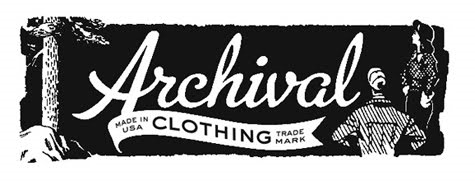



On the eve of the Oregon 600k, I received an email request from Maggie Williams requesting that I do a write-up on the SIR 600k for the SIR newsletter. Maggie was looking for an outsider’s perspective. Since I'm still finding my way in this sport, and since I seem to be one of only a handful (or so?) of women riding brevets in the Northwest (at this time?), I figured I could/should certainly help her out.
As it is, I'm actually not much for literal, linear ride reports. Essentially, I record and erase my memory of a brevet as it rolls along (I've heard this condition referred to as rando-amnesia). This is pretty much how I survive these rides: focusing on the time/location of my next cup of coffee, iced beverage or sleep cycle rather than the absurdist mileage pile-up or hourly countdown to the next climbing challenge.
So, this report will be free of any chronological description of the event.
My essential documentation takes the form of photography--compulsively, in the form of digital snaps, and more methodically, sometimes, with a point and shoot camera loaded with black and white film. Down the line, I aspire to take better photos (and carry a more substantial camera, like a fellow Oregon randonneur's Leica MP). But at least, in this case, I hand processed my own black and white film from the ride.
Sample snaps here
I have assembled a few scratch notes on the SIR 600k:
Note one: I had no intention of riding back-to-back 600ks this Spring. But friend/mentor Peg Winczewski suggested that the climbing intensive SIR 400 and 600k brevets would be excellent preparation for the Cascade 1200. Though I had just completed the ORR 600k w/out too many issues (save for a midnight spill on some rain slicked railroad tracks), the SIR 600k proved to be twice as hard. As I rode a drowsy, crooked line up to the Rimrock lake control around 2 am (at 4.5 mph, into a headwind, no less), I was thinking: why would I ever want to double the distance, and suffering of this by ride by participating in a 1200k? Why indeed?! Though the self-doubt disappeared by day 2 (due to the resurrecting powers of daylight and caffeine), completing the SIR 600k felt like an amazing, capstone accomplishment. Without a doubt, it was the most difficult ride of my short randonneuring career.
Note two: Two nights before the ride, I dreamed that I started the ride wearing plaid pajamas and socks made out of melting chocolate. I should have taken the dream as a prescient cue to pack better raingear. But alas, I was still so sun-seared by the SIR 400k I ended up scrimping on carrying protection for my legs and feet. Fortunately, Peg and Paul helped me out by lending me dry socks and booties which got me through the first climb over Stevens Pass (after which point I begin to dry out thanks to the natural acting forces of wind and sunlight).
Note three: More than the advertised passes, I'll remember the intense head/tail/sidewinds on the 600k that turned my bike into a windsail, nearly spilled me to the ground a few times during our ride into Ellensburg and then defied my forward movement during the climbing to the overnight control.
Note four: I'm not terribly comfortable riding at night. Peg and Paul Whitney claim to enjoy the experience but I guess the urbanite (and biddy) in me has a nagging sense that I have no business riding on rural roadways at night (echoing the concern of friends and family). Moreover, the onset of darkness always brings on the biggest challenge of randonneuring for me: drowsiness. On this brevet, however, I found that I actually enjoyed riding through Yakima River Valley in the dark. Moonlight on the river and the gradual upward curve of the roadway made for an amusingly abstract viewing/riding experience (how many of my non-randonneuring friends will ever experience cycling in this form, with landscapes and the night sky reduced to flattened, construction paper cut-outs?).
Note five: I so now associate randonneuring with ride starts at budget lodging locations (Travelodge, Best Western, the Grand Lodge) that it was a complete delight to begin a ride in a friendly, neighborly suburban cul-de-sac (exiting from a garage no less).
Note six: I find that randonneuring is a strangely grueling and roundabout way of making friends. First and foremost, I'm grateful for the friendship and mentoring of Peg who has provided me with so much wise guidance on this sport (to the point that I'm assembling a leaflet of "Peg's rules of randonneuring" to be released later this year. Example: Don't stop at bakeries--they take too much time. Or, whatever you do, don't do anything which might cut into your sleep time). During my brief exposure to the SIR club, I've met people who now seem like long lost friends or local celebrities like Peg, Allison Bailey, Paul Whitney and Jennifer Chang. Though I've only ridden with Jennifer twice, I feel like we're fellow veterans with shared war stories (we both went down on wet tracks on the ORR 600k and suffered the effects of wind and sleep deprivation and climbing and saddle discomfort on the SIR 600k). I look forward to generating new story material with her on the upcoming Cascade 1200.



No comments:
Post a Comment